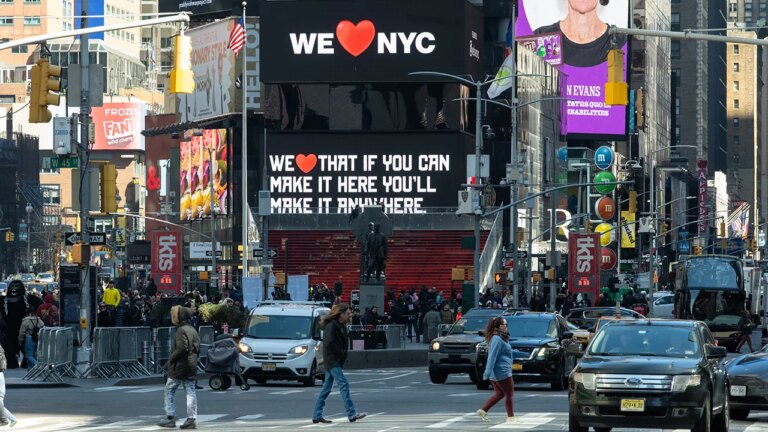Water Main Break Causes Chaos in Times Square
A surprising early morning incident shook up New York City’s iconic Times Square as a water main that had been around for an impressive 127 years decided it had had enough. On August 29, 2023, at 3 a.m., chaos erupted near the bustling intersection of 40th Street and Seventh Avenue. The aged water main decided to call it quits, resulting in unexpected flooding that disrupted the streets of midtown and even invaded the city’s busiest subway station.
A Century-Old Main Goes Awry
The water main, which measured 20 inches in diameter, gave way beneath the pavement, according to Rohit Aggarwala, the head of New York City’s Department of Environmental Protection. While the water pooled only a few inches deep on the street, social media soon lit up with videos showing the floodwater cascading into the Times Square subway station, transforming stairwells into waterfalls and turning ventilation grates into watery gateways. The subway tracks’ trenches turned into small rivers, and the train platforms were drenched.
Swift Response to the Water Works
City officials and workers quickly sprang into action to address the aquatic intrusion. It took about an hour for the Department of Environmental Protection (DEP) crews to track down the source of the leak and effectively shut off the water supply. The determined teams had to excavate the area, leading to a noticeable hole at the intersection of 40th Street and Seventh Avenue. Heavy machinery was employed to access the damaged section of the pipe buried below.
Impact on Transportation and Businesses
The disruptive incident led to some immediate consequences. The flooded intersection remained closed to vehicle traffic, creating a hurdle for commuters. While surrounding streets managed to reopen in time for rush hour, the subway service faced greater difficulties. Travel on the 1, 2, and 3 subway lines – the ones running directly beneath the compromised pipe – was suspended for much of Manhattan. This disruption inconvenienced many commuters, causing a ripple effect on the city’s daily activities.
Limited Water Impact
Despite the incident’s scope, it appears that only a couple of local businesses experienced a temporary loss of water supply as they started their workday. The city’s quick response helped minimize the inconvenience for most, ensuring that the impact on daily life was kept in check.
In summary, a nearly 130-year-old water main beneath New York City’s Times Square caused unexpected flooding, disrupting both the streets and the subway station. City crews acted swiftly to contain the situation, revealing the challenges and resilience of a bustling metropolis in the face of unexpected events.

